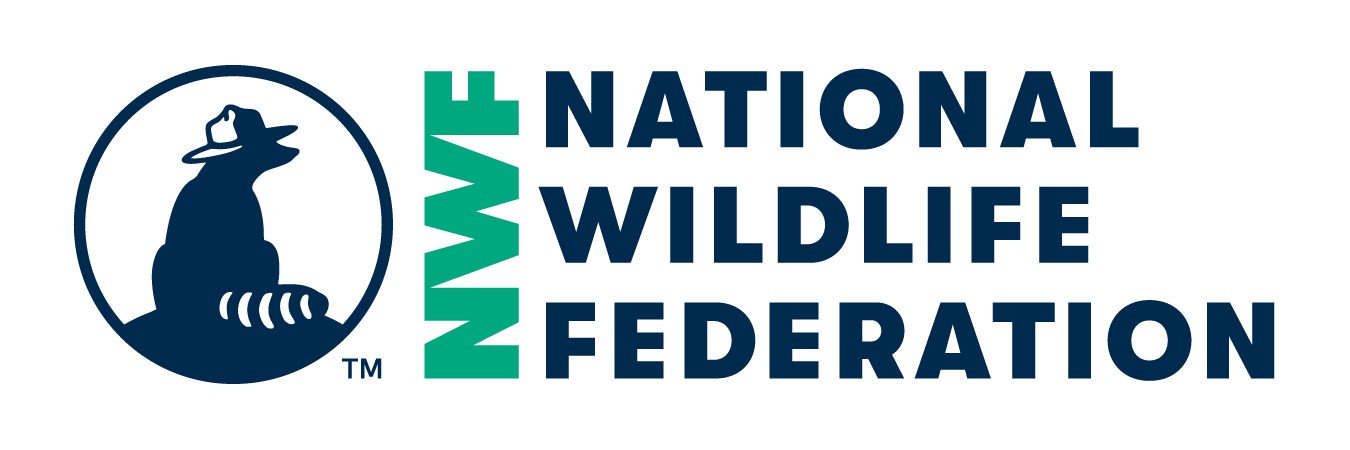Campus Climate Challenge
http://www.nwfecoleaders.org/forms/item/66/597
If other:
1. Where is the biggest impact of this project?
Campus
If other:
2. What were the goals for your project?
To raise awareness of climate change and encourage USC to be a leader in climate action by transitioning vehicles from gas to hybrid.
3. What strategy did you use?
Advocacy, Communications/Marketing, Operations, Policy
If other:
4. Did you accomplish the goals you set for this project? Please explain.
Yes, we accomplished our goals. The campaign took about seven months from conception to completion. Organized by 12 students, we rallied to the Quad to raise awareness of our mission. We set up several meetings between elected university officials and our group to explain why our campaign was essential and finally agree to transition the university vehicles (Department of Transportation, Public Safety, and Campus Cruiser) to hybrids. Over the following year (2007), the university rolled out a new fleet of environmentally friendly vehicles.
5. Choose your impact measure type.
Acres protected
What were the measurable outcomes of your project?
and fuel efficiency increased. Most of the cars used in campus transit are SUVs and busses. All of these have since transferred to electric, hybrid, or natural gas.
6. When did you begin and complete your project?
We began work in August of 2005 and completed the project in April 2006.
7. What was challenging about your project and how did you respond?
The university was very resistant at first because our mission involved a considerable price tag. Having several meetings influenced our campaign because we were able to use Al Gore, An Inconvenient Truth, and the university's own goal of innovation to our advantage.
8. Which groups were involved in this project? Students, faculty, staff or community groups?
Students from 12 disciplines (business, engineering, journalism, political science, etc.), our advanced physics professor, the President of the university, and the Department of Transportation.
9. Was your project funded? If so, how?
Canvassing and CALPIRG funded our project.
10. How did you communicate about this project and educate the broader campus and/or community?
We canvassed during peak campus hours, put up posters/flyers, presented to interested social groups and staff.
11. How have you evaluated your project?
Group reflection, Individual reflection
If other, please describe:
12. What did you do after your reviewed your project?
Revised goals, Presented your project results at a conference or meeting, Celebrated
If other, please describe:
13. What was the biggest or best thing you learned from your project?
The biggest takeaway from this experience was seeing the impact of student activism on an institution. It demonstrates that with enthusiasm, perseverance, and good intentions, you can change minds and policy.
14. What advice would you give to others working on a similar project?
Stay strong because institutions are hard to change. Be persistent and don't give up. Change is possible.
15. Based on your response above, what are your future plans for this project? And are there resources (people, financial, etc.) available to sustain it?
The university continues to use hybrids and electric cars as they strive to be a leader in innovation and climate awareness.
Category ARCHIVED | PROJECT CERTIFICATION







Project Feedback